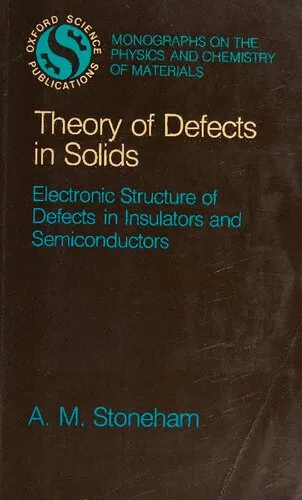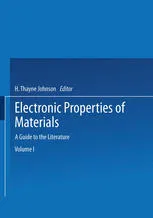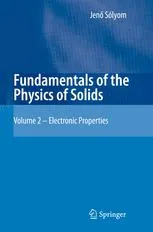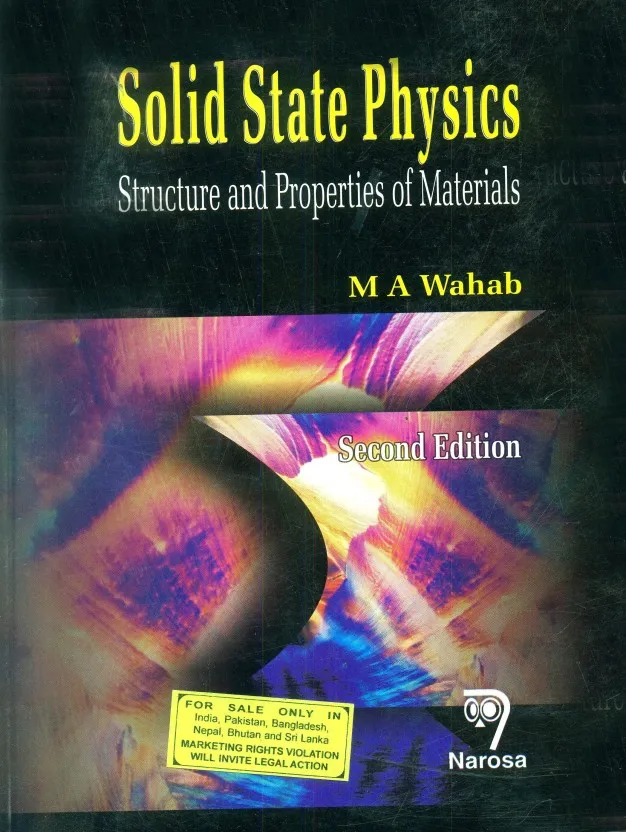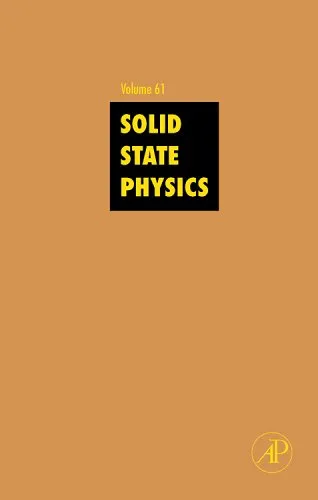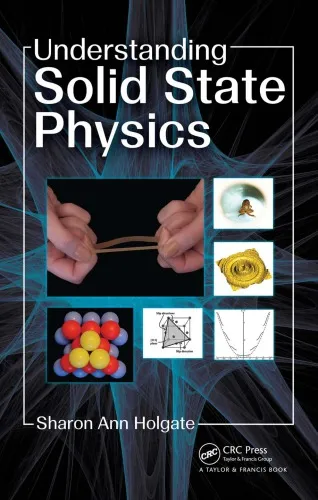Theory of Defects in Solids: The Electronic Structure of Defects in Insulators and Semiconductors (Monographs on the Physics and Chemistry of Materials)
4.5
Reviews from our users

You Can Ask your questions from this book's AI after Login
Each download or ask from book AI costs 2 points. To earn more free points, please visit the Points Guide Page and complete some valuable actions.Related Refrences:
Introduction to "Theory of Defects in Solids"
Welcome to the essential guide on understanding the remarkable and intricate world of material defects and their profound impact on the properties of insulators and semiconductors. This introduction aims to set the stage for delving deep into the heart of one of the most significant topics in material science and solid-state physics, as explored by A. M. Stoneham in his seminal work, "Theory of Defects in Solids: The Electronic Structure of Defects in Insulators and Semiconductors."
Detailed Summary
The book provides a comprehensive exploration of the theory behind defects in solid materials, focusing on insulators and semiconductors. It meticulously delves into the electronic structures of these defects and how they alter the physical properties of materials. Stoneham blends theoretical insights with practical implications, discussing various defect types, including vacancies, interstitials, and dislocations. He elucidates their effects on electronic structures, using quantum mechanics as a fundamental basis. This book bridges the gap between simplified theoretical models and real-world applications, making it an indispensable resource for scientists and engineers working with modern materials.
Key Takeaways
- An in-depth understanding of the types and structures of defects in solids and their profound implications on material properties.
- Insights into the methodologies for modeling and analyzing defects using quantum mechanical frameworks.
- A robust framework combining theory and application highlights the practical importance of these defects in technology.
Famous Quotes from the Book
"The presence of defects is not merely a complication; it is an essential ingredient of the material world."
"Understanding defects is akin to learning the grammar of a language; it allows us to communicate with the material."
Why This Book Matters
This book plays a pivotal role in the field of material science and electronics due to its rigorous approach to the study of defects in solid materials. Defects can drastically influence the electrical, thermal, and mechanical properties of materials, and understanding them is vital for innovating and improving materials used in a variety of industries. By bridging theory with practical insights, A. M. Stoneham's work provides both foundational knowledge and advanced insights, making it an invaluable reference for researchers, practitioners, and students engaged in cutting-edge materials research and technology development. Its importance is underscored by its comprehensive nature, blending academic rigor with real-world relevance, thus empowering the reader to tackle complex problems in materials innovation.
Free Direct Download
You Can Download this book after Login
Accessing books through legal platforms and public libraries not only supports the rights of authors and publishers but also contributes to the sustainability of reading culture. Before downloading, please take a moment to consider these options.
Find this book on other platforms:
WorldCat helps you find books in libraries worldwide.
See ratings, reviews, and discussions on Goodreads.
Find and buy rare or used books on AbeBooks.
1496
بازدید4.5
امتیاز0
نظر98%
رضایتReviews:
4.5
Based on 0 users review
Questions & Answers
Ask questions about this book or help others by answering
No questions yet. Be the first to ask!
